There can be your advertisement
300x150
5 Key Elements of Retail Store Interior Design
The main goal of a shopping center's exterior design is to attract potential or existing customers to enter the store and make a purchase. But what about the interior design of retail stores? Interior design greets your customers, guides them through the store, encourages interaction with your products, and inspires buying. This makes interior design just as important as the exterior.
The interior design and layout of your store convey significant information to customers about your business. It helps maximize sales and customer satisfaction while reducing costs. Your store's interior design should be comfortable, convenient, and appealing to all your customers. This article combines the key elements that should be considered for maximum effectiveness in retail store interior design. Read on to learn five fundamentals you must know!

1. Use Color Mindfully
Customers connect with colors more than they realize. In fact, 50% of first impressions depend on color. While a bright store can create a light and positive shopping experience, too many colors can overwhelm consumers and make them leave the store immediately after entering. Sensory overload makes it hard to focus on your products and make a purchase. Customers won't return if they don't love the aesthetic of your store.
To avoid this, thoughtfully incorporate colors into the interior, keeping color psychology in mind. For example, black, often seen in men's clothing stores, conveys elegance and authority. Blue, frequently used by banks, communicates security, calm, and trust, while red draws attention and encourages impulse buying. If you're unsure which colors best suit your business, consider seeking help from interior design specialists like Dimension Shop Fitters.
2. Regularly Refresh Visual Merchandising
Visual merchandising, also known as product display, boosts sales. Customers can imagine your products in a cozy living room, hanging plant, or on fashion models, helping them decide to buy. Displays also offer an interactive shopping experience and provide simple opportunities for content creators to share photos of appealing store displays on social media.
Typical displays for retail store interior design include checkout displays, window displays, mannequins, and point-of-sale areas. To aesthetically draw attention to your retail store's interior and showcase new products to customers, regularly update visual merchandising.
3. Slow Down Customers Inside the Store
Modern shoppers are very busy and often make purchases in a hurry. The goal of retail store interior design is to slow down customers and increase the time they spend in your store. When customers slow down, it encourages them to browse the store and possibly discover something new.
Encouraging this type of shopping depends on the store layout and the experience it creates. Layout determines where and how you place your products, as well as the customer's path through the store. Various retail store layout designs include loop, grid, linear, or free-form arrangements. A loop layout is effective for creating a customer journey through the store.
It also makes sense to place a large, eye-catching display at the entrance and put your flagship products upfront.
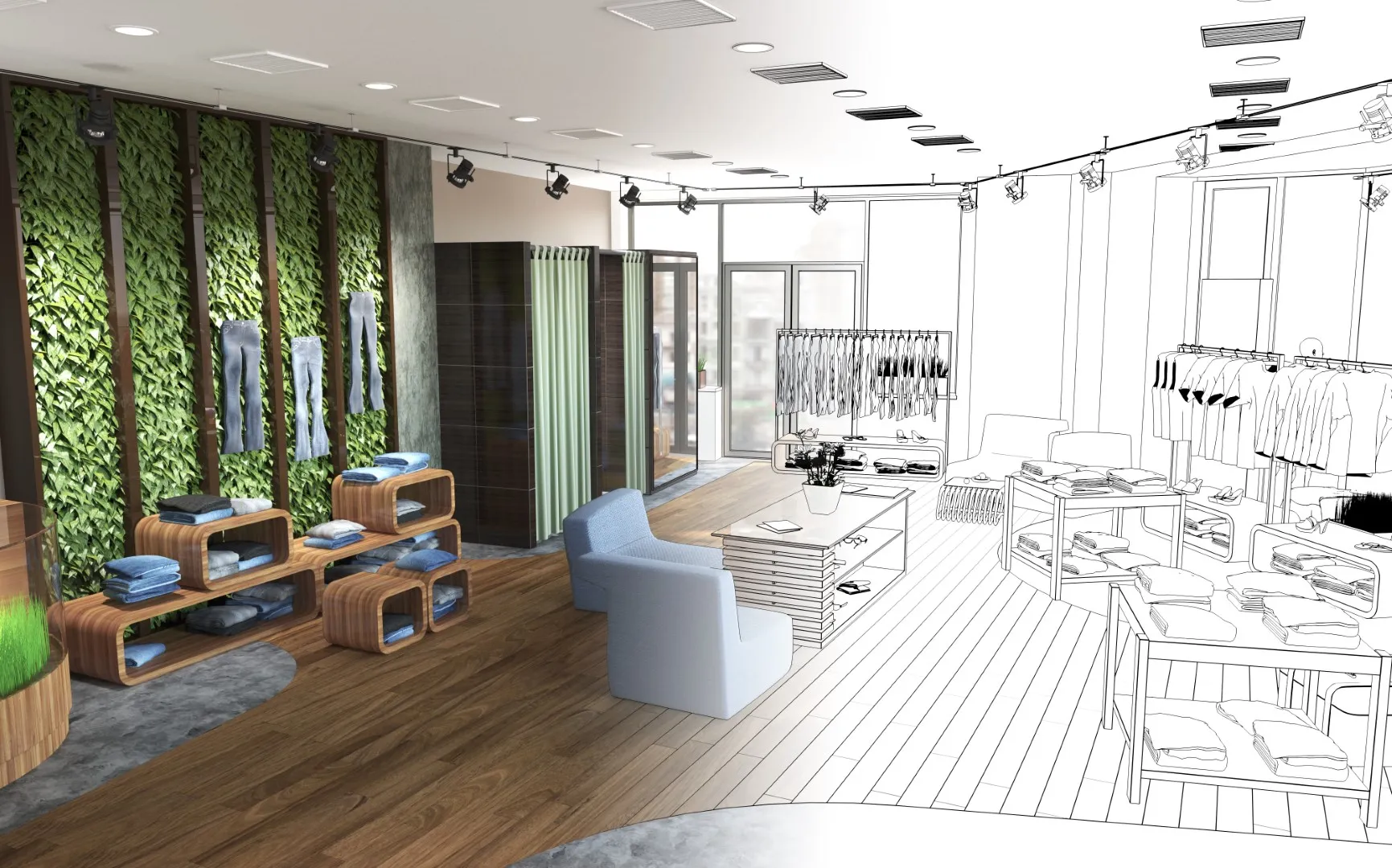
4. Guide Customer Paths Inside the Store
Retailers should know where they want customers to walk through the store. They need to understand which products lead and where the final destination should be for customers. Store interior design should make the journey clear to shoppers. If you've ever been in grocery stores, you'll notice that essential items like milk and eggs are usually placed at the back of the store so customers must pass through other products to get there. Department stores also use this approach by placing children's items on the upper floor, encouraging parents to walk through other sections and potentially buy additional products.
Retailers should also use this strategy to guide customers through the store and increase dwell time, potentially boosting additional purchases.
5. Be Creative and Innovative
Since consumers turn to e-commerce for purchasing goods, retailers must make store designs more interactive and appealing. Focusing on physical interaction that's missing in e-commerce is crucial for keeping your store always busy. The best way to achieve this is by focusing on interior design through bold signage, good lighting, innovative shelving, ceiling, floor, and a thoughtful color palette.
Conclusion
That's all! We hope the above basic elements help you welcome, inspire, and encourage customers to make purchases in your store. Retail store interior design is about creating a good customer experience and showcasing your best products.
More articles:
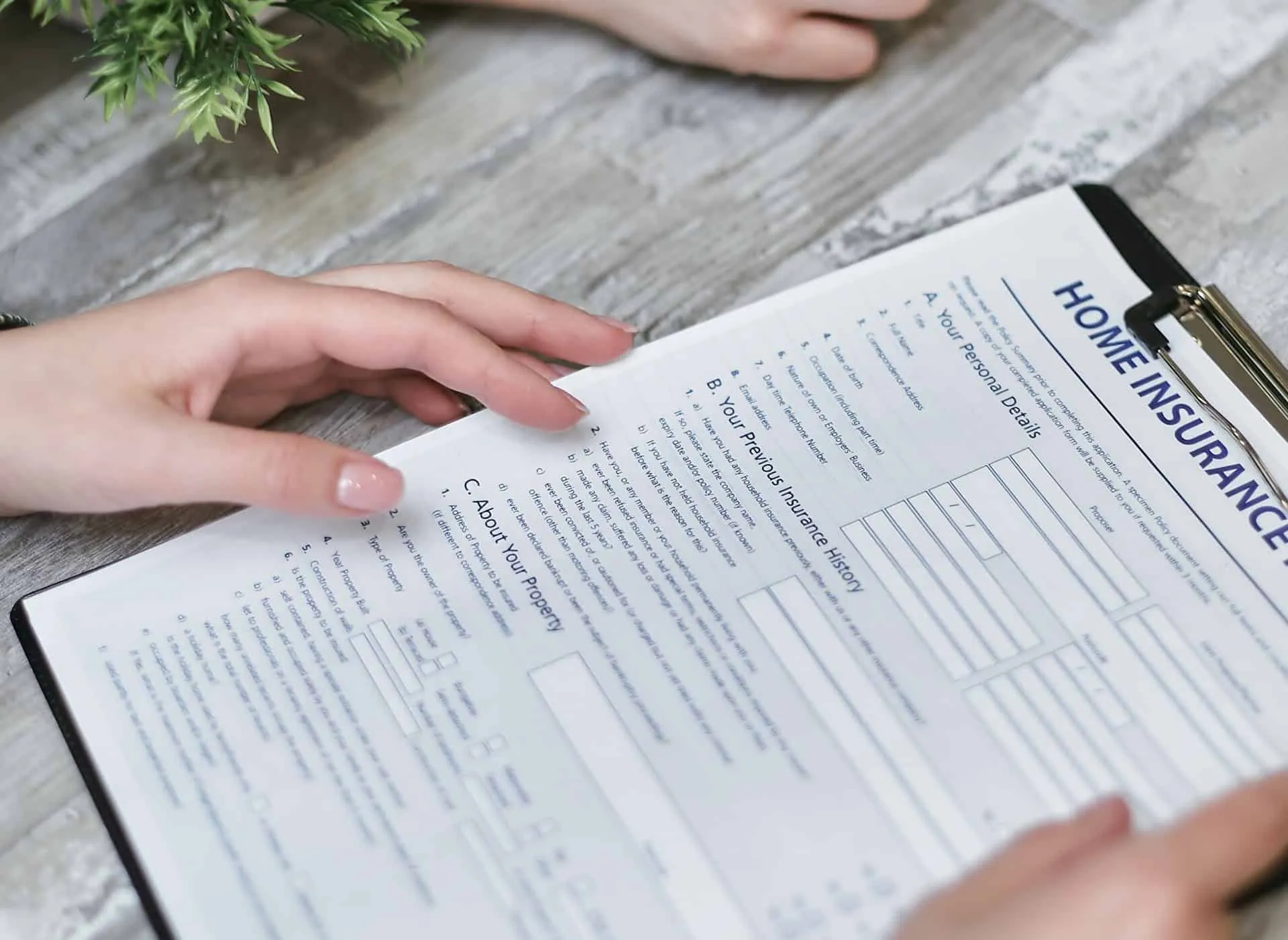 4 Reasons Why You Need Home Insurance Today
4 Reasons Why You Need Home Insurance Today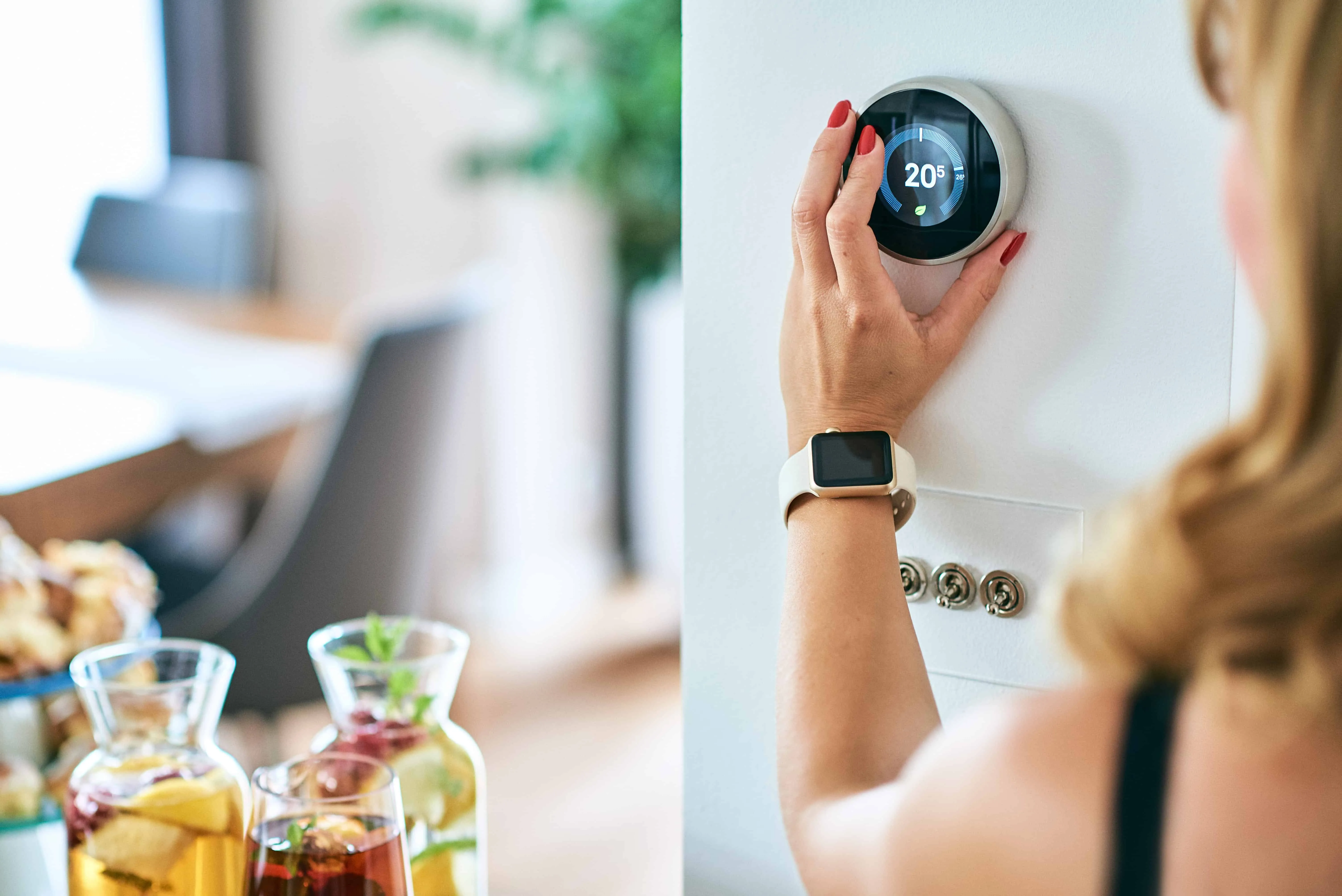 4 Risks Associated with Improper Thermostat Maintenance
4 Risks Associated with Improper Thermostat Maintenance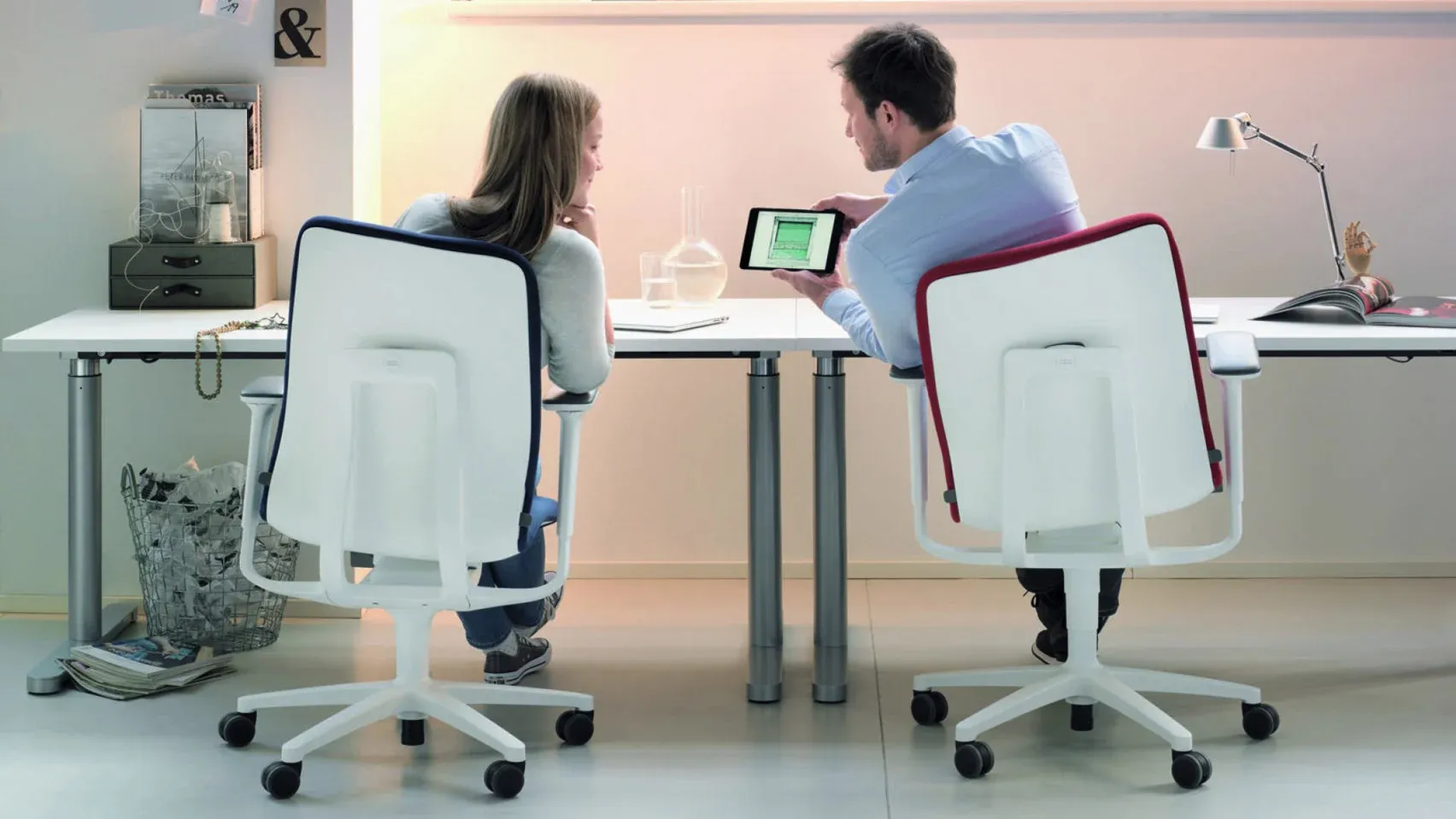 4 signs you need to buy the best office chair
4 signs you need to buy the best office chair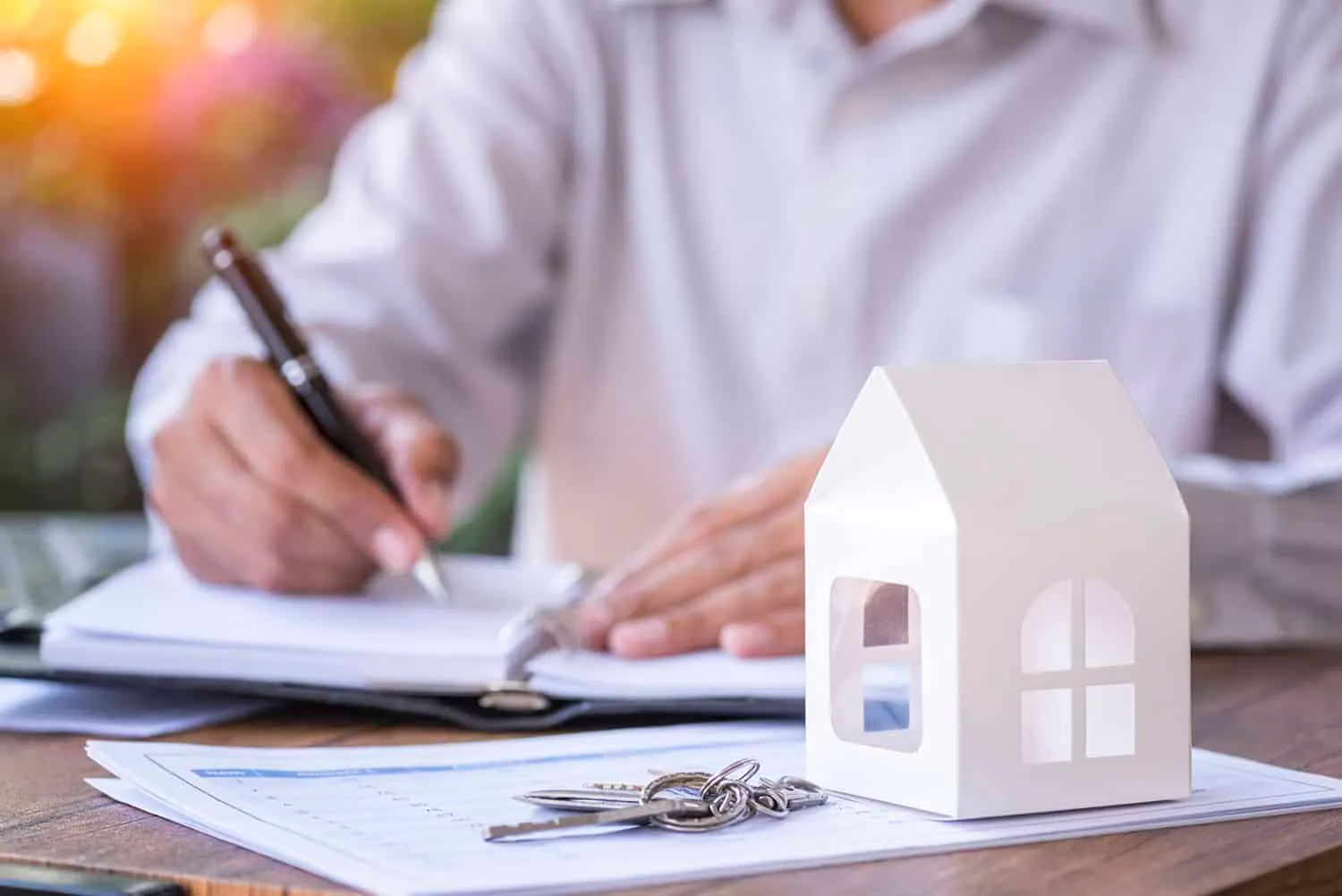 4 Simple Steps to Increase Property Value
4 Simple Steps to Increase Property Value 4 Economical and Innovative Furniture Items in Trend
4 Economical and Innovative Furniture Items in Trend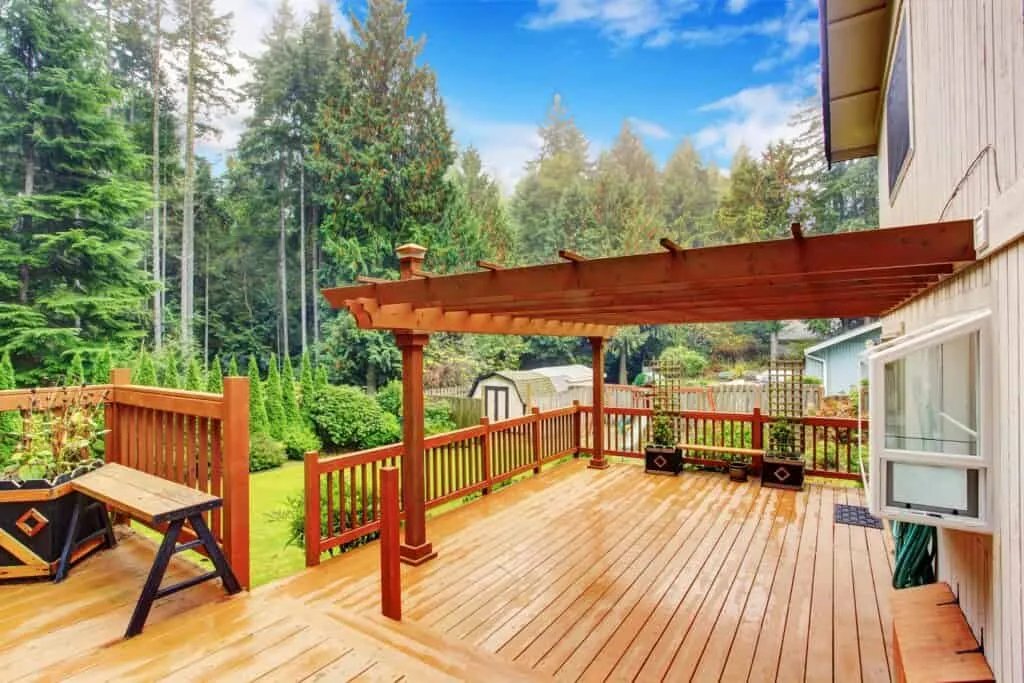 4 Steps to Choose the Right Material for Your New Deck
4 Steps to Choose the Right Material for Your New Deck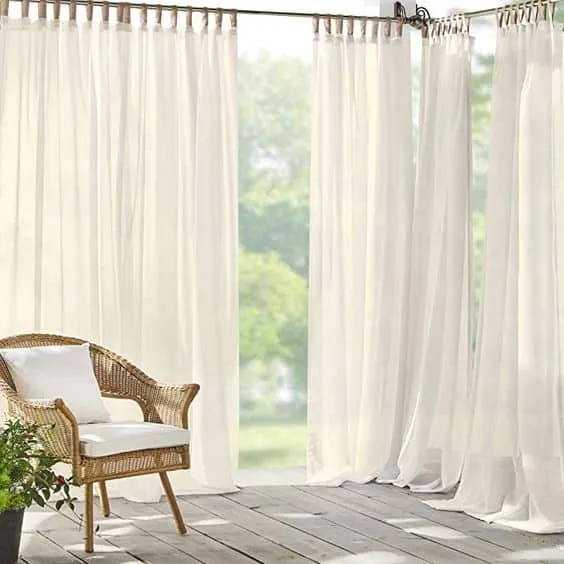 4 Systems for Hanging Curtains Without Drilling
4 Systems for Hanging Curtains Without Drilling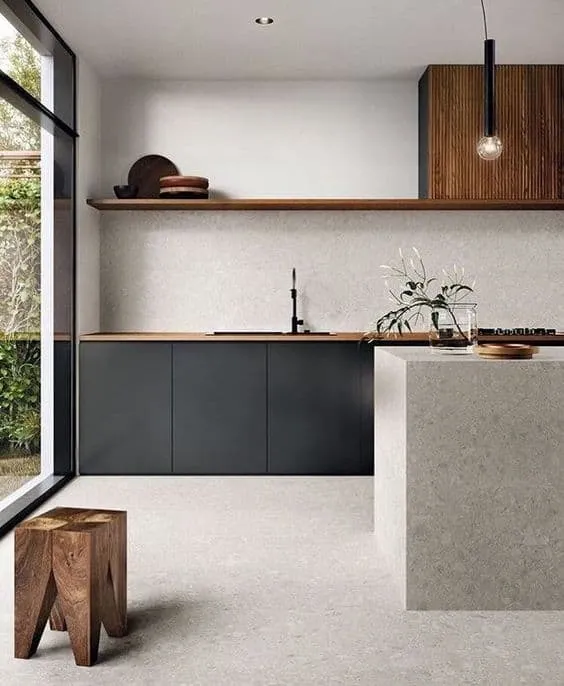 4 Tips for a Minimalist Kitchen
4 Tips for a Minimalist Kitchen